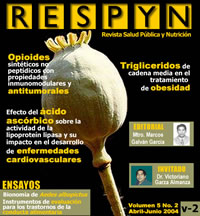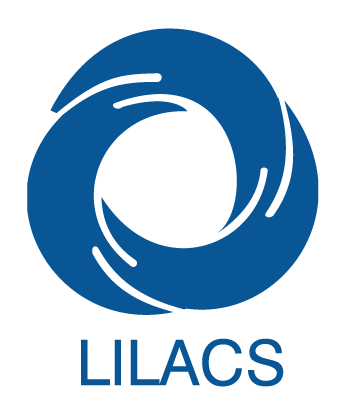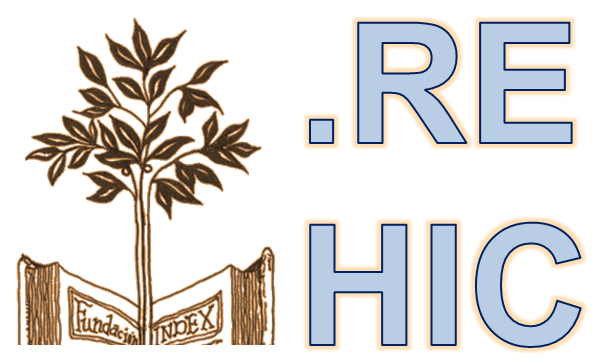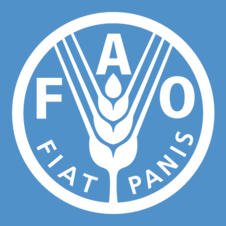INSTRUMENTOS DE EVALUACIÓN PARA LOS TRASTORNOS DE LA CONDUCTA ALIMENTARIA
Abstract
Los trastornos de la conducta alimentaria son un conjunto de enfermedades (Anorexia Nerviosa, Bulimia Nerviosa y Trastornos Alimentarios no especificados) que se caracterizan por una seria alteración en la conducta alimentaria, debido a una excesiva preocupación por la imagen corporal y a un miedo intenso a subir de peso. En los últimos años, se han descrito numerosos instrumentos que permiten evaluar los diversos signos y conductas de riesgo que presentan las personas que
padecen este tipo de trastornos. Los cuestionarios autoaplicados y las entrevistas estructuradas son dos de los principales instrumentos para la evaluación de los trastornos de la conducta alimentaria. En este trabajo se describen los siguientes instrumentos: EAT, EDI, BULIT-R, BITE, QEWP-R, EDE-Q y SCOFF, sus características generales, la manera en como se evalúan, donde se pueden conseguir y se proporcionan algunas recomendaciones. También se describen otras mediciones que pueden ser utilizadas junto con los instrumentos para evaluar trastornos de la conducta alimentaria, como es la percepción de la imagen corporal y la ingesta dietética.
Palabras clave: Trastornos de la conducta alimentaria, instrumentos de evaluación. Eating disorders, assessment methods.
Downloads
References
APA. American Psychiatric Association. 1994. Diagnostic and Statistical Manual of Mental Disorders. Fourth edition. Washington D.C.
Hoek H. and D. Van Hoeken. 2003. Review of the Prevalence and Incidence of Eating Disorders. Int J Eat Disord. 34:383-396.
Carter J. A. Aimé and J. Mills. 2001. Assessment of Bulimia Nervosa: A comparison of interview and self-report questionnaire methods. Int J Eat Disord. 30:187-192.
Black C., and T. Wilson. 1996. Assessment of Eating Disorders: Interview versus Questionnaire. Int J Eat Disord. 20:43-50.
García-Camba E. 2001. Avances en trastornos de la conducta alimentaria. Anorexia nerviosa, bulimia nerviosa y obesidad. Editorial Masson. 79 pp.
Garner DM And PE. Garfinkel. 1979. The Eating Attitudes Test: an index of the symptoms of Anorexia Nervosa. Psychol Med. 9:273-279.
Garner DM., MP. Olmsted, Y. Bohr and PE. Garfinkel. 1982. The Eating Attitudes Test: Psychometric features and clinical correlates. Psychol Med. 12:871-878.
Maloney MJ., JB. McGuire, SR. Daniels and B. Specker. 1989. Dieting behavior and attitudes in children. Pediatrics. 84:482-489.
Mintz LB.and MS. O´Halloran. 2000. The eating attitudes test: validation with DSM-IV eating disorder criteria. J Pers Assess. 74:489-503.
Álvarez G., AR. Vázquez, JM. Mancilla y G. Gómez. 2002. Evaluación de las propiedades psicométricas del Test de Actitudes Alimentarias (EAT-40) en mujeres mexicanas. Rev Mex Psicolog. 19:147-156.
Mintz L., A. Mulholland and S. O´Halloran. 1997. Questionnaire for eating disorder diagnoses: reliability and validity of operationalizing DSM-IV criteria into a self-report format. J Couns Psychol. 44:63-79.
Garner D. and M. Olmsted. 1983. Development and validation of a multi-dimensional Eating Disorder Inventory for Anorexia Nervosa and Bulimia. Int J Eat Disord. 2:15-34.
Garner DM. 1991. Eating disorder inventory – 2. Professional Manual (FA): Psychological Assessment Resources.
Cooper Z., PJ. Cooper and CG. Fairburn. 1985. The specificity of the eating disorder inventory. Br J Clin Psychol. 24:129-130.
Bennett K. and R. Stevens. 1997. The internal structure of the eating disorder inventory. Health Care Women Int. 18:495-504.
García-García E., V. Vázquez, J. López y D. Arcila. 2003. Validez interna y utilidad diagnóstica del Eating Disorder Inventory, en mujeres mexicanas. Salud Publica Mex. 45:206-210.
Smith MC. and MH. Thelen. 1984. Development and validation of a test for bulimia. J Consult Clin Psychol. 21:167-179.
Thelen MH., J. Farmer, D. Wonderlich and M. Smith. 1991. A revision of the bulimia test: the BULIT-R. J Consult Clin Psychol. 3:119-124.
Welch G., L. Thompson and A. Hall. 1993. The BULIT-R its realiability and clinical validity as a screening tool for DSM-III-R bulimia nervosa in a female tertiary education population. Int J Eat
Disord. 14:95-105.
Henderson M. and A. Freeman. 1987. Self-rating Scale for Bulimia. The BITE. Br J Psychiatry. 150:18-24.
King M. and P. Williams. 1987. BITE: self-rating scale for bulimia. Br J Psychiatry. 150:714-715.
Henderson M. and A. Freeman., Op. cit.
Spitzer R., M. Devlin, B. Walsh, D. Hasin, R. Wing, M. Marcus, A. Stunkard, T. Wadden, S. Yanovski, S. Agras, J. Mitchell and C. Nonas. 1992. Binge eating disorder: A multi-site field trial of
the diagnostic criteria. Int J Eat Disord. 11:191-203.
Johnson W., F. Grieve, C. Adams and J. Sandy. 1999. Measuring Binge Eating in adolescents: Adolescent and parent version of the Questionnaire of Eating and Weight Patterns. Int J Eat Disord.
:301-314.
Fairburn CG and SJ. Beglin. 1994. Assessment of eating disorders:interview or self report questionnaire?. Inter J Eat Disord. 16:363-370.
Fairburn CG. and Z. Cooper. The eat disorder examination. En: Binge eating: nature, assessment and treatment. Fairburn CG, Wilson GT. Editorial Guilford Press. Pag:317-360.
Luce K., and J. Crowther. 1999. The reliability of the Eating Disorder Examination-self-report Questionnaire version (EDE-Q). Int J Eat Disord. 25:349-351.
Morgan J., F. Reid and H. Lacey. 1999. The SCOFF questionnaire: assessment of a new screening tool for eating disorders. BMJ. 319:1467-1468.
Perry L., J. Morgan, F. Reid, J. Brunton, A. O’Brien, A. Luck and H. Lacey. 2002. Screening for symptoms of eating disorders: Reliability of the SCOFF screening tool with written compared to oral
delivery. Int J Eat Disord. 32:466-72.
Idem.
Morgan J.,et,al., Op. cit.
Toro J., M. Salamero and E. Martínez. 1994. Assessment of sociocultural influences on the aesthetic body shape model in anorexia nervosa. Acta Psychiatr Scand. 89:147-151.
Saucedo T. y N. Cantú. 2000. Trastornos de la Conducta Alimentaria: Influencia sociocultural en púberes de ambos sexos. Psicol Soc Mex. 9:128-133.
Stunkard A. and S. Messick. 1985. The three-factor eating questionnaire to measure dietary restraint, disinhibition and hunger. J Psychosom Res. 29:71-83.
Hadigan C., E. Anderson, K. Miller, J. Hubbard, D. Herzog, A. Klibanski and S. Grinspoon. 2000. Assessment of macronutrient and micronutrient intake in women with anorexia nervosa. Int J
Eat Disord. 28:284-292.
Downloads
Published
How to Cite
Issue
Section
License
The rights of the work belong to the author or authors, however, by sending it for publication in the Public Health and Nutrition Magazine of the Faculty of Public Health and Nutrition of the Autonomous University of Nuevo León, they grant the right for its first publication in between electronic, and possibly, in print to the Public Health and Nutrition Magazine. The license used is the Creative Commons attribution, which allows third parties to use what is published whenever the authorship of the work is mentioned and the first publication that is in the Public Health and Nutrition Magazine. Likewise, the author or authors will take into account that it will not be allowed to send the publication to any other journal, regardless of the format. The authors will be able to make other independent and additional contractual agreements for the non-exclusive distribution of the version of the article published in the Public Health and Nutrition Magazine (e.g., institutional repository or publication in a book) provided they clearly state that The work was published for the first time in the Public Health Magazine, Magazine of the Faculty of Public Health and Nutrition of the Autonomous University of Nuevo León.










